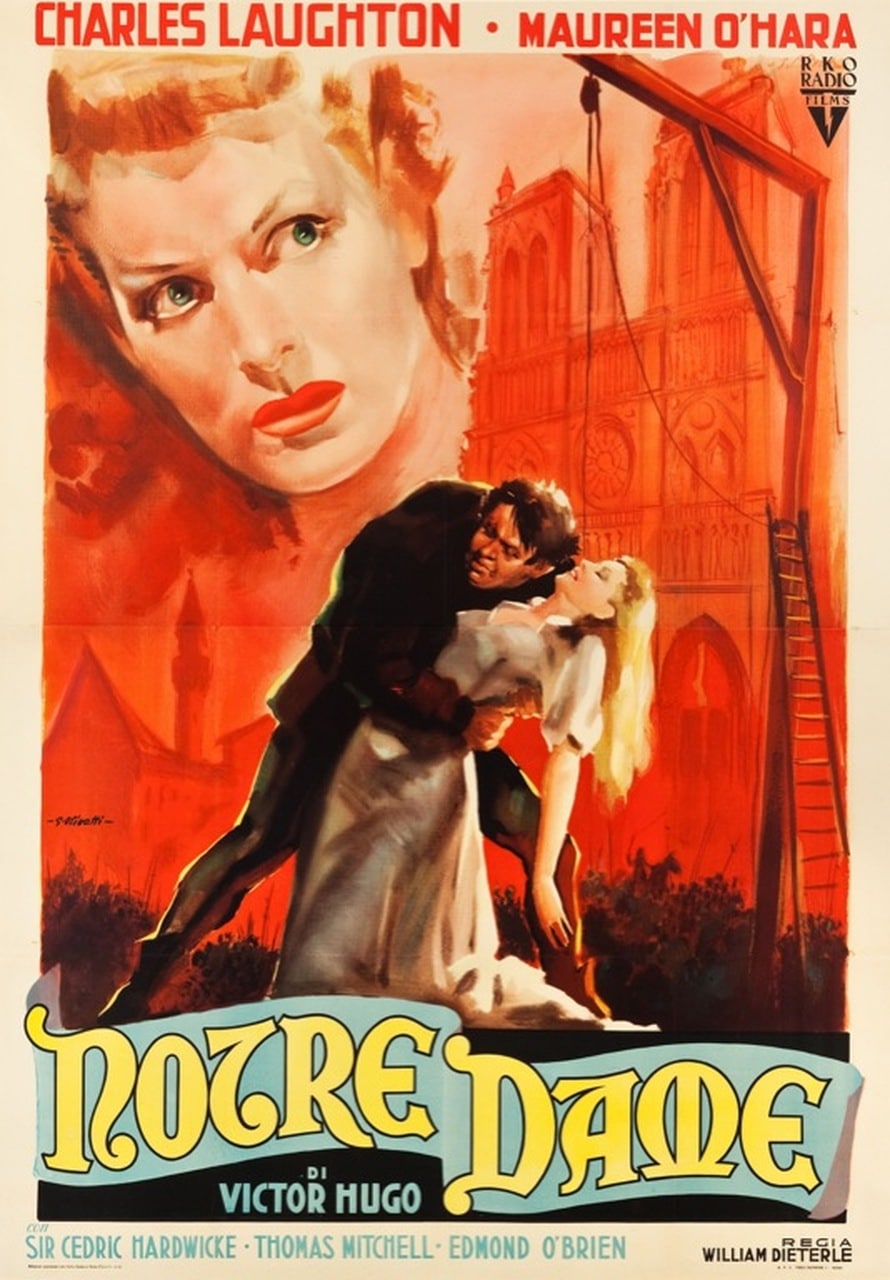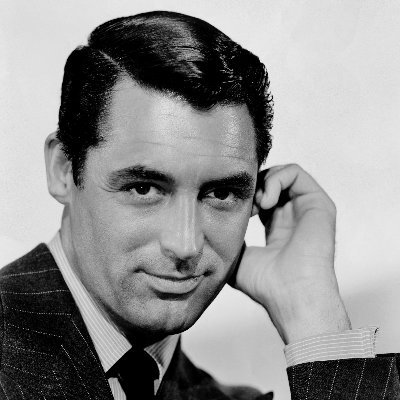
- Starring
- Charles Laughton, Maureen O'Hara, Cedric Hardwicke
- Writer
- Sonya Levien
- Director
- William Dieterle
- Rating
- n/a
- Running Time
- 117 minutes
Overall Score
Rating Summary
The Hunchback of Notre Dame tells the story of a deformed hunchback named Quasimodo (Laughton), the bellringer of the Notre Dame cathedral, as he falls in love with a gypsy woman named Esmerelda (O’Hara). This relationship brought a conflict with Judge Frollo (Hardwicke) who was determined to eradicate any and all things he sees as evil – including the printing press and gypsies.
A big challenge with adapting such iconic source material such as The Hunchback of Notre Dame leaves a bit of a challenge: how does one approach the material to make it feel different or fresh? This adaptation of Victor Hugo’s novel has the benefit from being the first sound film adaptation, released in 1939. As such it set the precedent for future adaptations. While most viewers are surely more familiar with the Disney’s 1996 animated adaptation, this earlier adaptation might seem familiar yet different but it ultimately manages to stand on its own as an underrated classic of the 1930s.
In terms of performances, Laughton fully inhabits the titular role of Quasimodo, creating a sympathetic character who is misunderstood and feared due to his deformities. Laughton conveys someone with a big heart, and a sense of humility, and he’s frequently heartbreaking in his portrayal, as well as being easy to root for. It is also worth mentioning that he never becomes condescending as a portrayal of such a character could. He also works well within the fantastic makeup work.
Meanwhile, the supporting cast of The Hunchback of Notre Dame is likewise brilliant. Hardwicke makes a controlling and terrifying villain out of Frollo. His face says so many things at once, leaving viewers unnerved. O’Hara is suitably sweet and innocent as Esmeralda, while also creating a sense of independence and self-sufficiency. The other performers, such as Edmond O’Brien, Thomas Mitchell (who was in five films, including an Oscar-winning role in Stagecoach, in 1939) and Alan Marshall as Gringoire, Clopin, and Phoebus respectively also leave a memorable impact in their respective roles.
Dieterle’s direction hits all the right marks from an emotional standpoint, allowing every beat to be felt and creating many very heartfelt scenes, as well as delivering on the grandeur of higher-stakes moments. There is a true idea of tragedy and adventure to be found at the core of this story, and with that comes a great deal of nuance and theatricality. On that note, the production design recreates the end of France’s Middle Age in a sumptuous manner; whether it be the streets of France, to the Notre Dame cathedral, there is a remarkable attention to detail. The cinematography by Joseph August likewise captures a spirit of romanticism and gloom at the same time, in both the way it uses shadows and captures light, and in particular its composition of how it reflects every scene.
In the end, there is a true sense of fulfillment that comes with The Hunchback of Notre Dame and for fans of classic cinema, they should definitely check this one out, especially since it’s from 1939 – singled out by many as perhaps the best ever year for cinema.
still courtesy of RKO Pictures
Follow me on Twitter, Instagram, and Letterboxd.
If you liked this, please read our other reviews here and don’t forget to follow us on Twitter or Instagram or like us on Facebook.
Discover more from
Subscribe to get the latest posts sent to your email.

